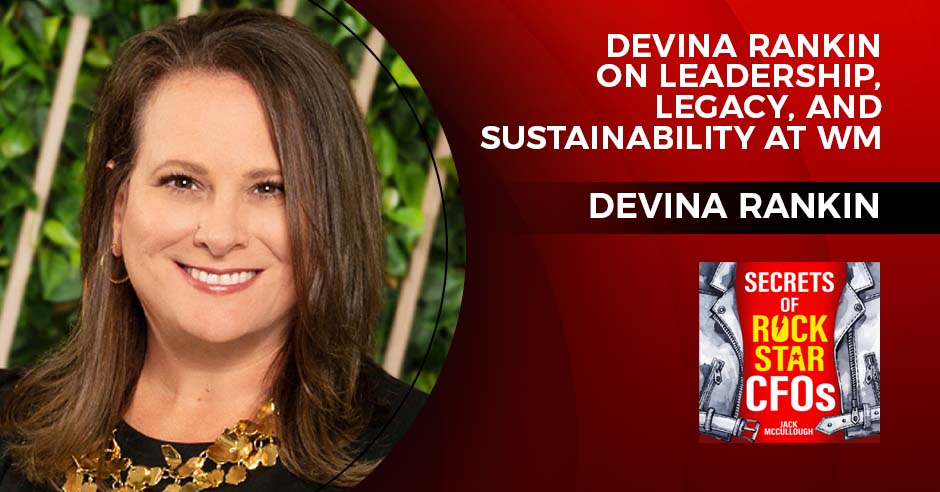“Achieving high growth is a top priority for tech companies,” says Steve Isom, CFO of SaaS company Bloomerang. Indeed, the “growth at all costs” mentality has been pervasive among tech startups over the past few years. However, the tide has been shifting. Bloomerang, whose software helps nonprofits raise money and manage donors, will budget for a more balanced approach in 2025: growth and profitability.
Why does a balance between these two essential financial targets make sense? Isom, a former banking analyst, spoke with our Katie Kuehner-Hebert about the ebb and flow of the emphasis on growth and profitability among public and private companies and other priorities for next year’s budget.
How are the economy and the markets influencing the strategic choices CFOs will make in this year’s budgeting process?
Growth is often a defining factor in making strategic decisions concerning budgets. But there is a nuanced perspective here: it is often easier for a business experiencing stagnant growth to cut costs and drive profitability. That trend is evident in publicly traded SaaS companies, where profitability seems more controllable than growth.
Despite this, the market values growth more highly—a one-percentage-point increase in revenue growth is about three times more valuable than a one-percentage-point increase in profitability. So, while balancing growth and profitability is crucial, the market rewards growth more.
The key to success is to have rigorous growth plans and a thorough understanding of the business’s unit economics. Driving sustainable growth [growth not requiring additional debt or equity] remains paramount, especially in a broader market characterized by still-high interest rates. The cost of capital puts extra pressure on all aspects of the business, making strategic planning even more critical.
As a tech company, are you finding ways to deploy AI applications in finance to assume more of the administrative and day-to-day tasks?
Practical examples of AI delivering significant value in finance and accounting have been rare compared with other functions. We’re seeing a market backlash against vendors that promised extensive automation because that automation hasn’t materialized. When I speak with other CFOs, the most common question revolves around whether they have seen any tangible AI use cases, and their answer is often no.
AI might eventually resemble the transition experienced by bookkeepers with spreadsheets, shifting toward higher-value, bespoke work such as deep analysis and strategic thinking. AI could automate manual tasks for junior team members, freeing them to focus on strategic planning and building relationships.
AI is like a hammer searching for a nail; the nail in finance and accounting hasn’t emerged yet. In the last 18 months, this topic has been a recurring discussion. I think AI is following the Gartner Hype Cycle: initial excitement, disillusionment and then a struggle to find practical use cases.
What opportunities for employee reskilling and upskilling would you recommend CFOs invest in?
Investing in soft skills training for teams should be a focus. I spend much of my time with my team discussing stakeholder management—how to handle difficult conversations and how to influence others in the business.
CFOs should hold those topics in the same regard as discussions about balance sheet accuracy and spreadsheet formula errors. Finance and accounting professionals often get caught up in what they perceive as objective truths and business observations, forgetting companies are composed of people. People are not always rational, and bringing them along with you is essential.
Focusing on soft skills is more important in a remote environment because spontaneous interactions like water cooler talks don’t happen. Bringing a human element to your work is necessary because, without it, all the analysis and reporting, no matter how thorough, will not drive meaningful change.
Bloomerang completed a private placement and an acquisition this year. What advice do you have for midmarket CFOs handling those kinds of deals for the first time?
My biggest piece of advice is to first ask for help when you need it. Bloomerang acquired a business, brought on a new investor and secured a debt facility all in one day. That was a complex series of transactions and a lot to manage. If I hadn’t asked questions, I wouldn’t have brought in the right resources needed; it could have been disastrous.
When approaching complex financial transactions, especially ones you haven’t done before, always seek help from outside advisors if you can—lawyers, investment bankers, auditors or transaction specialists.
Next, leverage your network. Over the years, I’ve benefited considerably from building a solid network of experienced CFOs and finance leaders. Don’t be afraid to ask them for help. The first step is to check your ego at the door. If you’re unfamiliar with something, simply admit it and ask, “Where can I start?”
Approach it with a humble mindset, asking for explanations as if you were a beginner, and then build upon that knowledge. This straightforward approach is far more effective than trying to solve challenging financial issues on your own.








